Arizona is a state known for its beautiful landscapes, warm climate, and vibrant communities, but not every city or town offers the same quality of life. While many people are drawn to Arizona for its scenic deserts and bustling cities, some locations face more challenges than others. Issues such as high crime rates, economic struggles, limited access to amenities, and lower job opportunities can affect the day-to-day experience of residents. Understanding these factors is important whether you are considering a move, planning a visit, or simply curious about the state’s diverse regions. This article highlights ten places in Arizona that, based on recent data and various quality-of-life indicators, may present more difficulties for residents in 2025. The goal is to provide a balanced perspective, focusing on facts rather than stereotypes, and to help readers make more informed decisions about where they might want to live in Arizona.
1. South Tucson
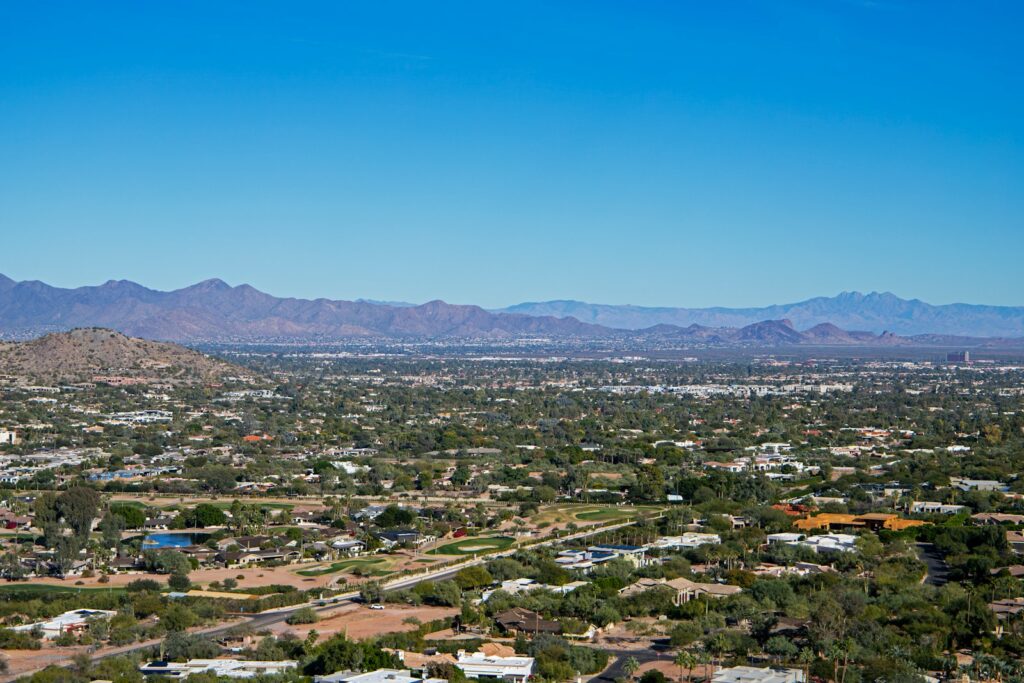
South Tucson is a small city surrounded by the larger Tucson area. It faces challenges such as a higher crime rate and economic struggles compared to other parts of the region. The area has limited job opportunities and access to certain amenities, which can impact overall quality of life. Many residents work hard to create a sense of community, but the city’s ongoing issues make daily life more difficult for some. Despite these hardships, South Tucson maintains a strong cultural identity and close-knit neighborhoods, demonstrating the resilience of its people even in the face of adversity.
2. Globe
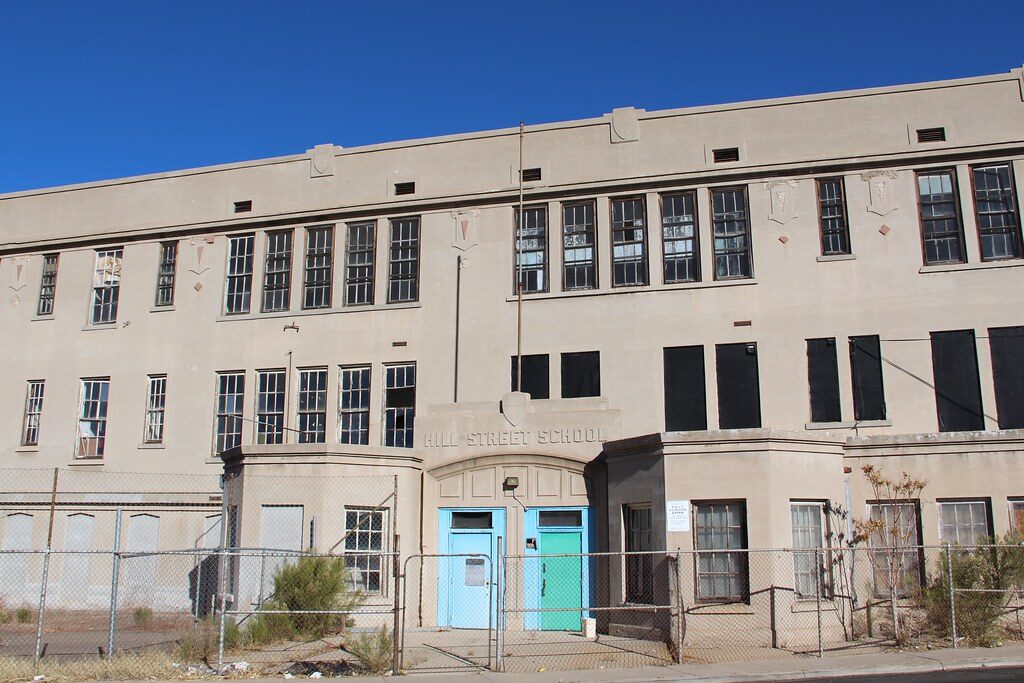
Globe is a historic mining town with a rich past, but it has been affected by economic downturns in recent years. The job market can be limited, and some residents find it challenging to access higher-paying employment or modern conveniences. The cost of living is generally reasonable, but the local economy’s slow growth limits opportunities for advancement. Despite these factors, the community continues to value its traditions and heritage. While Globe offers scenic views and a unique character, economic and employment challenges make it a less attractive option for some people considering a move.
3. Eloy
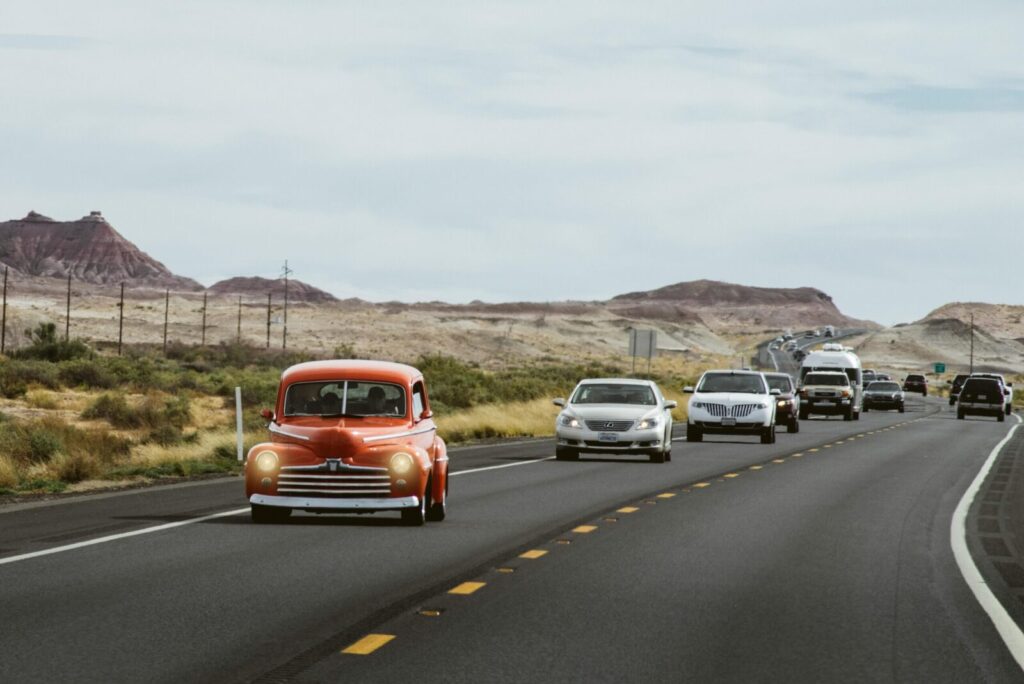
Eloy is located between Phoenix and Tucson and is known for its wide-open spaces and skydiving facilities. However, the city faces higher-than-average crime rates and limited access to amenities. Job opportunities can be sparse, especially in industries outside agriculture and skydiving tourism. These challenges contribute to slower population growth and a sense of isolation for some residents. Despite this, Eloy’s community spirit remains strong, and many people take pride in their local events and traditions. The city continues working toward improvement and development for its residents.
4. Coolidge

Coolidge is a small city with deep agricultural roots. In recent years, the area has seen slow economic development and challenges in attracting new businesses. The job market is limited, and some residents must commute to nearby cities for employment opportunities. Education and healthcare options are not as extensive as in larger cities, which can impact daily life. While Coolidge offers a quiet environment and a strong sense of history, the lack of economic growth and fewer amenities make it a less desirable place for those seeking more opportunities or modern conveniences.
5. San Luis
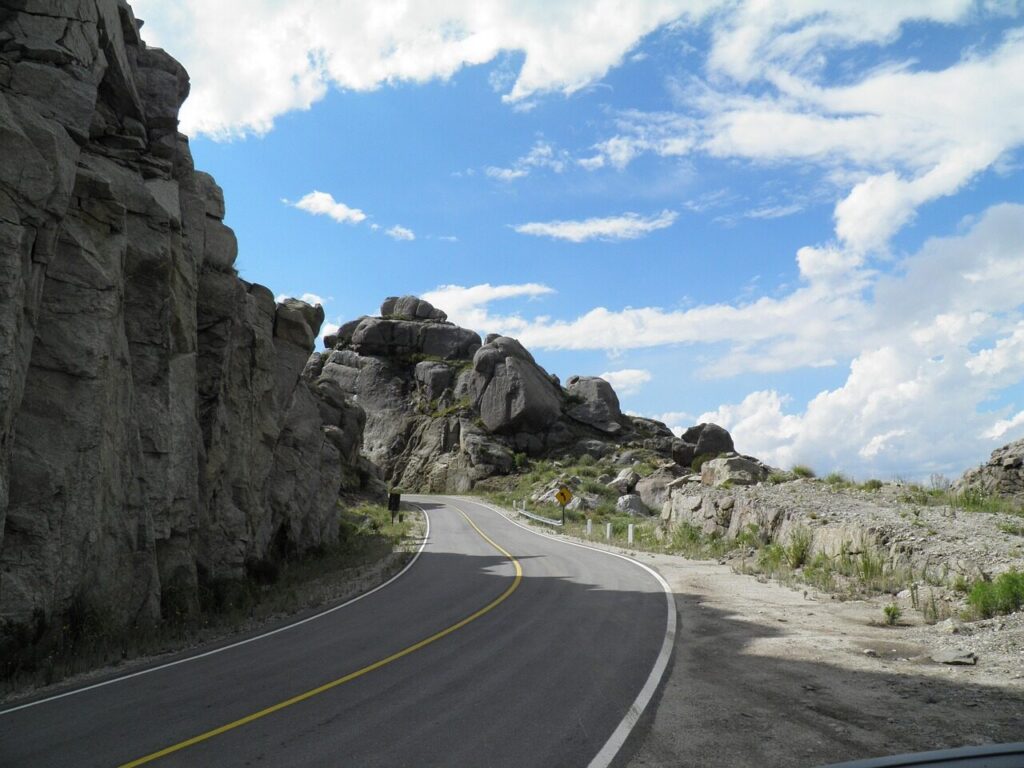
San Luis is located near the Arizona-Mexico border and is known for its vibrant cultural atmosphere. However, the city faces higher unemployment rates and limited access to healthcare and educational services. Economic challenges and a lack of job diversity can make it difficult for residents to find stable work. Despite these barriers, San Luis has a lively community spirit and close family ties. The city’s proximity to the border presents unique opportunities and challenges, but the overall quality of life can be affected by limited resources and economic struggles.
6. Douglas
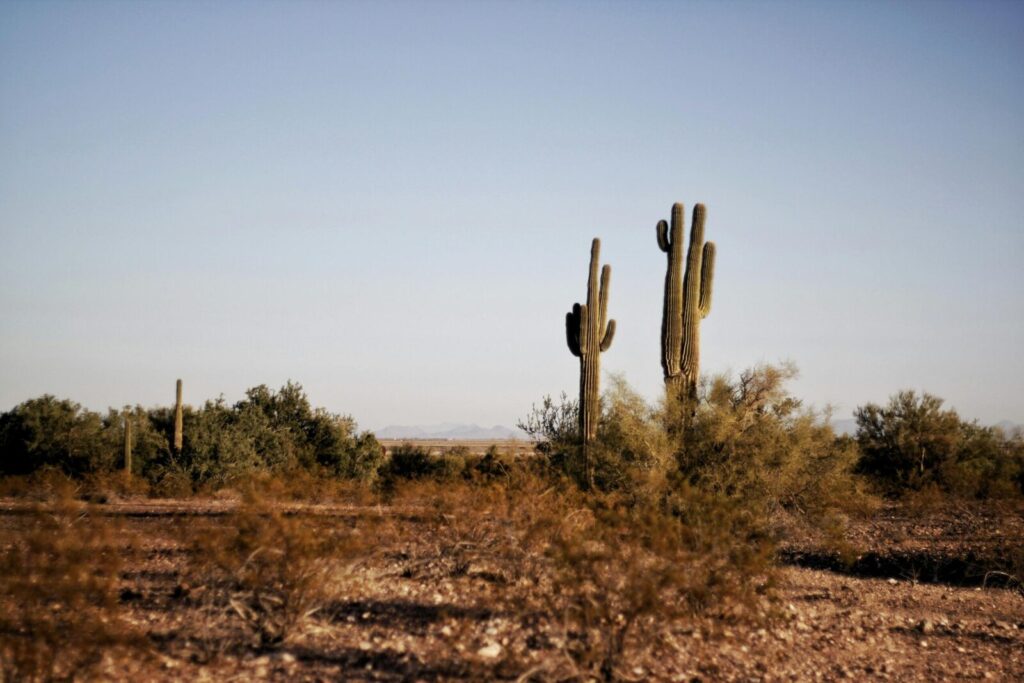
Douglas is a border town with a fascinating history and unique cultural influences. Unfortunately, the city has struggled with economic stagnation and higher crime rates in recent years. Limited job opportunities and access to amenities can make it challenging for families and individuals looking for stability. The community remains proud of its heritage and traditions, but the lack of economic growth has impacted the overall quality of life. Residents continue to work toward positive change, but Douglas faces ongoing obstacles related to employment, safety, and available resources for daily living.
7. Winslow
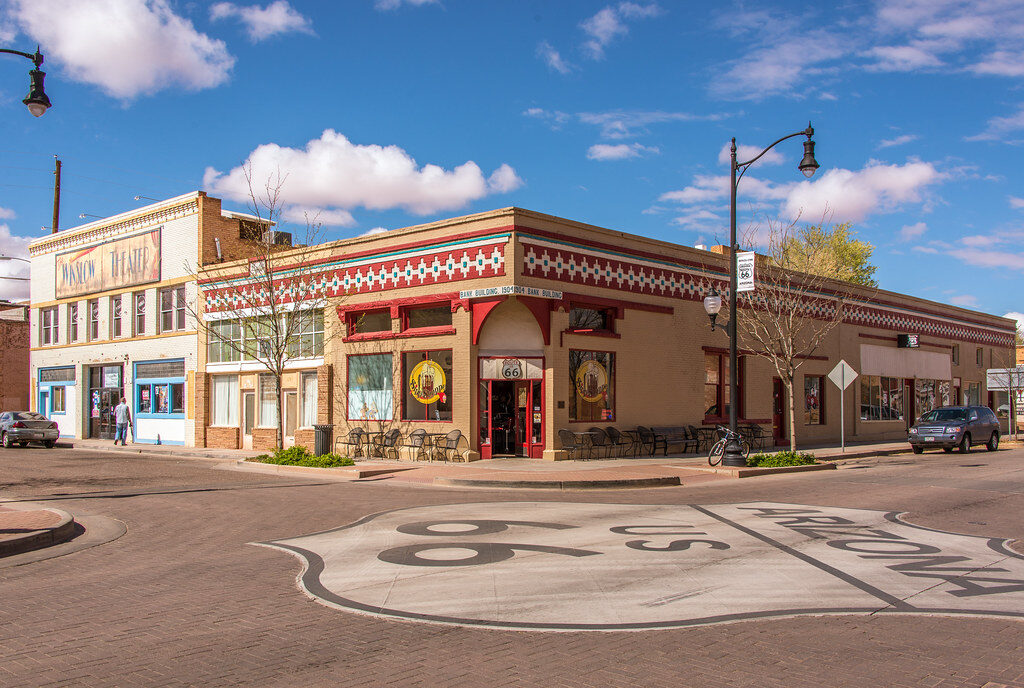
Winslow is known for its iconic Route 66 connection and small-town charm. However, it has faced economic setbacks and a decline in available jobs, particularly outside the tourism sector. The cost of living may be lower, but opportunities for advancement can be limited. Some residents have to travel to nearby cities for employment or specialized services. While Winslow’s friendly atmosphere and cultural history are appealing, the economic challenges and fewer amenities make it a more difficult place for some people to thrive, especially for those seeking career growth or diverse experiences.
8. Kingman
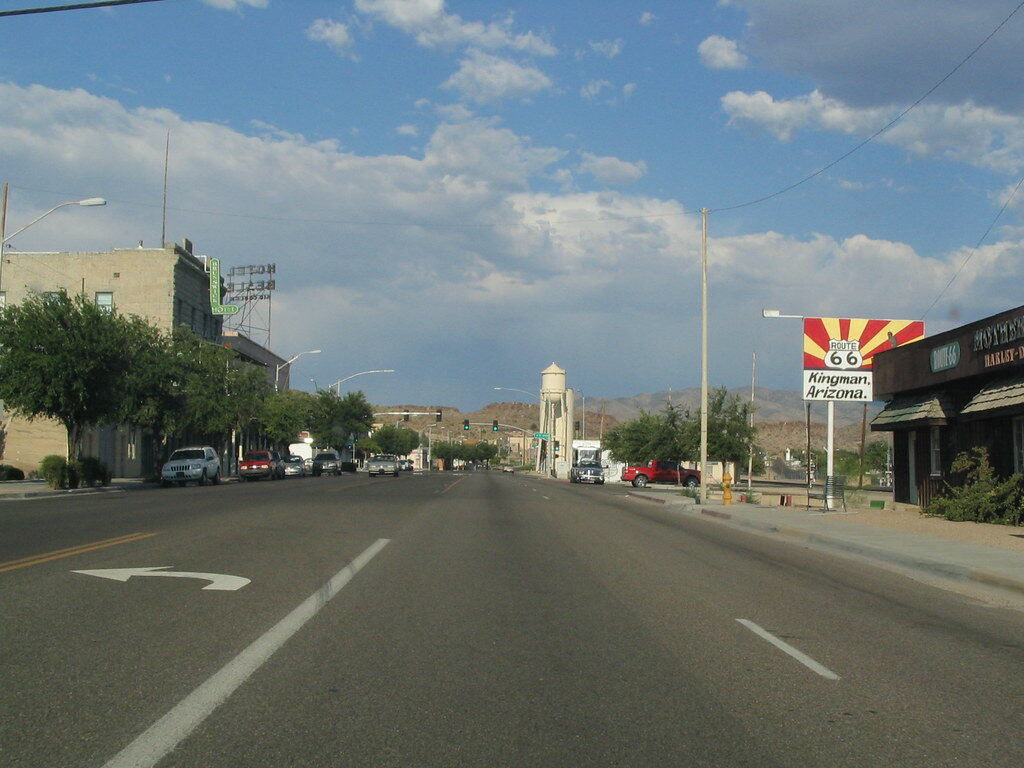
Kingman is located along historic Route 66 and offers scenic desert views. Despite its attractions, the city faces issues with economic growth and limited job prospects in some fields. The local economy is heavily reliant on tourism and service industries, which can create fluctuations in employment opportunities. Access to healthcare and educational services may also be less comprehensive than in larger cities. While Kingman has a welcoming community and historical significance, ongoing economic and resource challenges affect the overall quality of life for residents and new arrivals.
9. Apache Junction
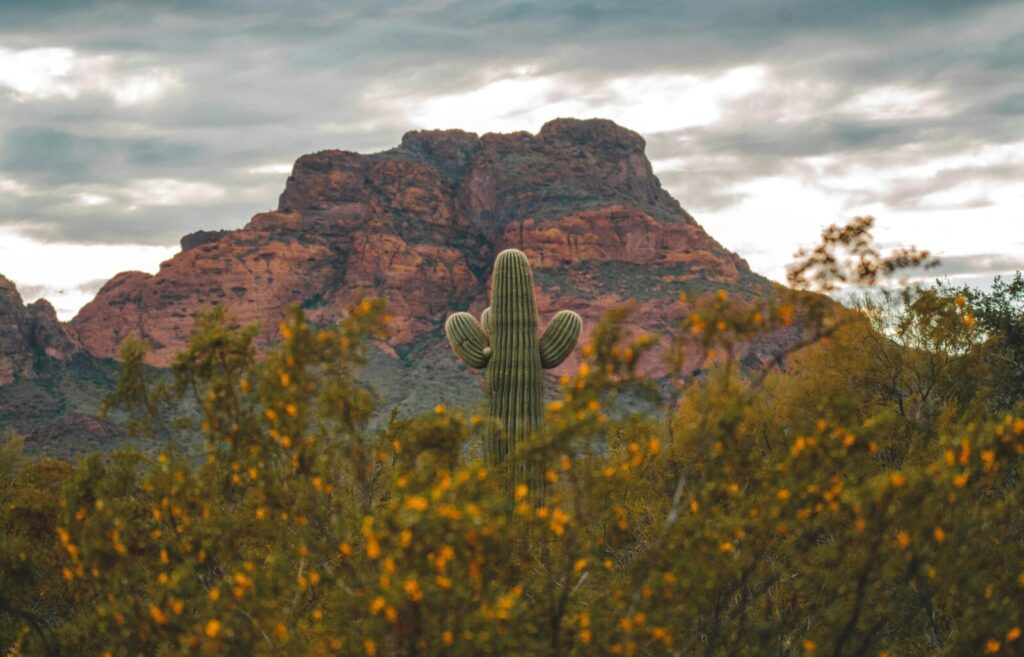
Apache Junction is known for its picturesque views of the Superstition Mountains, but the city faces a number of challenges. Higher crime rates and limited employment opportunities can make it a less desirable option for some people. The area’s growth has not always kept pace with the need for updated infrastructure and services. Many residents enjoy the city’s unique character and outdoor activities, but issues related to safety and employment opportunities impact the community. Apache Junction continues to work on improvements, but these obstacles remain important factors for those considering a move.
10. Maryvale (Phoenix Neighborhood)
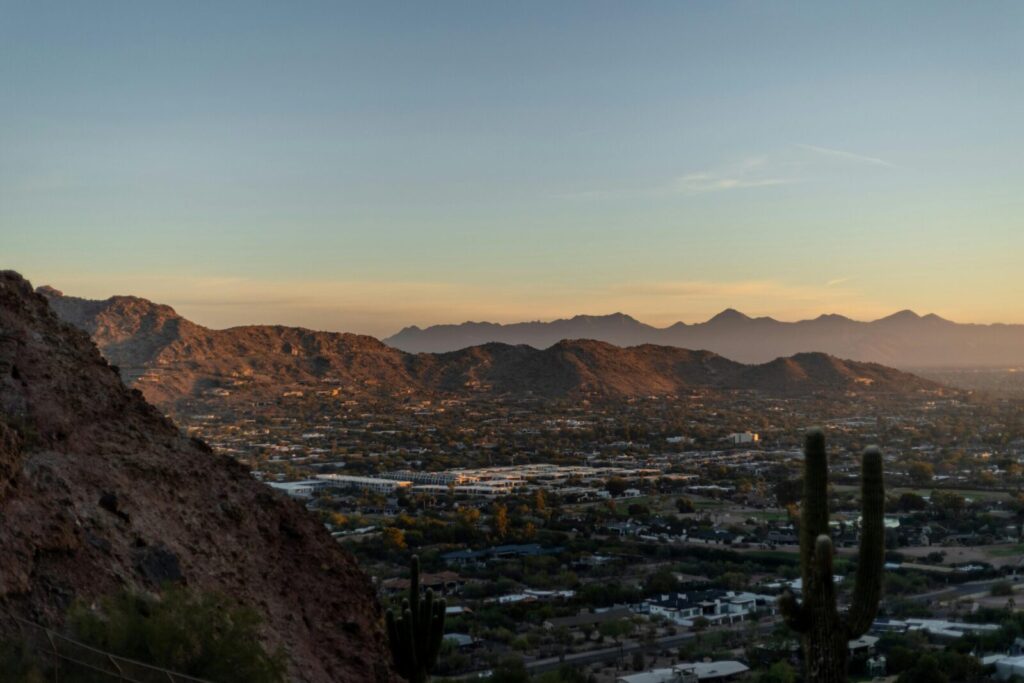
Maryvale is a large neighborhood in the western part of Phoenix and is known for its diverse population. The area faces higher crime rates and limited access to quality schools and amenities compared to other Phoenix neighborhoods. Economic challenges and population density can make daily life more difficult for some residents. Despite these issues, Maryvale’s community organizations and residents continue working to improve the area. While the neighborhood has many positive aspects, ongoing obstacles related to safety, education, and economic opportunity influence the overall quality of life for families and individuals.
Comments